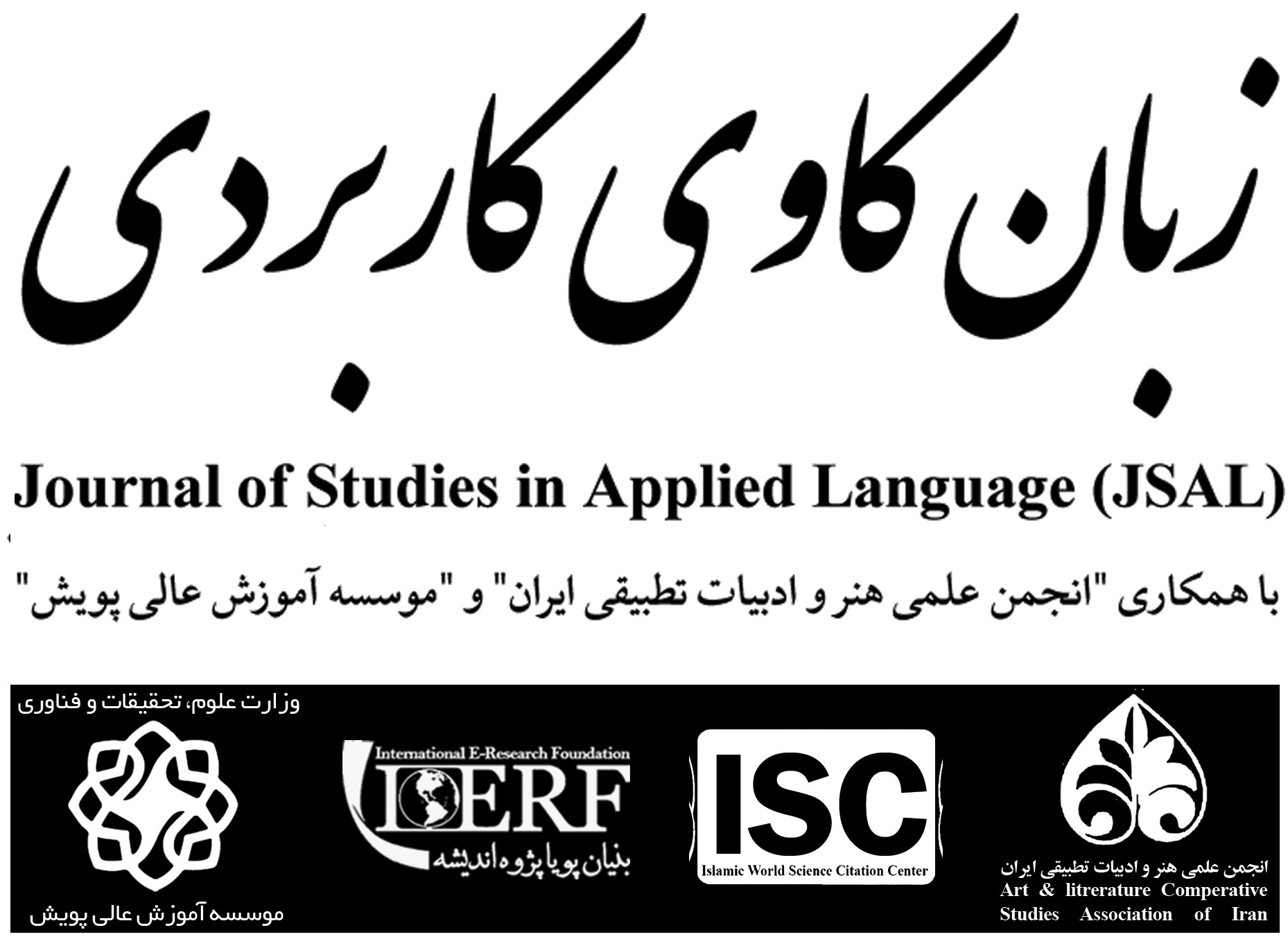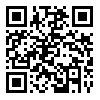<>
Volume 4, Issue 2 (Journal of Language Teaching, Literature & Linguistics (JLTLL) 2021)
JSAL 2021, 4(2): 127-160 |
Back to browse issues page
Download citation:
BibTeX | RIS | EndNote | Medlars | ProCite | Reference Manager | RefWorks
Send citation to:



BibTeX | RIS | EndNote | Medlars | ProCite | Reference Manager | RefWorks
Send citation to:
Madani D, Arezoomandi H. (2021). Investigation of epistemological indicators in socio-political roundtables of Iran TV from the perspective of critical discourse [In Persian]. JSAL. 4(2), 127-160.
URL: http://jsal.ierf.ir/article-1-87-en.html
URL: http://jsal.ierf.ir/article-1-87-en.html
1- Assistant Professor of Linguistics, Department of Linguistics, Islamic Azad University, Khomein Branch, Khomein, Iran , dr.madanilinguist@gmail.com
2- PhD Student in General Linguistics, Islamic Azad University, Khomein Branch, Khomein, Iran
2- PhD Student in General Linguistics, Islamic Azad University, Khomein Branch, Khomein, Iran
Abstract: (2735 Views)
Meta-discourse analysis is performed using meta-discourse markers. These markers are in fact linguistic forms that are considered as important rhetorical tools and ensure interaction in texts. Different models for meta-discourse analysis are presented. One of the most common and popular of these patterns is the Hyland pattern. For the first time, Hyland has defined and categorized all aspects of the interaction between the author of the text and the text, as well as the author of the text and the reader of the text, using the meta-discourse markers, and argues that the researcher can go beyond text and discourse and analyze the text as a social action. Meta-discourse is used as a concept in discourse analysis and is used in the interaction between authors and their text with writers and readers. Overall, meta-discourse, as an important tool in facilitating communication, helps the writer to communicate with readers and express his personal findings in a way that propositions place their relevant sentences or phrases in creating a coherent discourse in the field of text structure. The present article examined the epistemological markers in socio-political roundtables on the Islamic Republic of Iran TV channels from the perspective of critical discourse based on the views of Hyland (2005) and Fairclough (2001). In this study, 20 selected programs of socio-political roundtables of channels 1, 2, 3 and 4 have been selected and analyzed qualitatively and quantitatively for frequency statistics using purposive sampling. The variables studied in this study include gender of the experts, whether the programs were live or recorded, the number of experts in the program and whether they were academics or non-academics. The results showed that the distribution of epistemological, certainty, uncertainty and attitude markers in the socio-political roundtables in the Islamic Republic of Iran Radio and Television organization was different based on the gender of the experts, being live or recorded, being academic or non-academic or the presence of one or more experts in the program. Moreover, in terms of patterns of speech analysis, the type of application of epistemological tools in the discourse of experts can be justified.
Type of Study: Research |
Subject:
Discourse Analysis
Received: 2021/03/22 | Accepted: 2021/07/16 | Published: 2021/08/18
Received: 2021/03/22 | Accepted: 2021/07/16 | Published: 2021/08/18
Send email to the article author
| Rights and permissions | |
 |
This work is licensed under a Creative Commons Attribution-NonCommercial 4.0 International License. |






